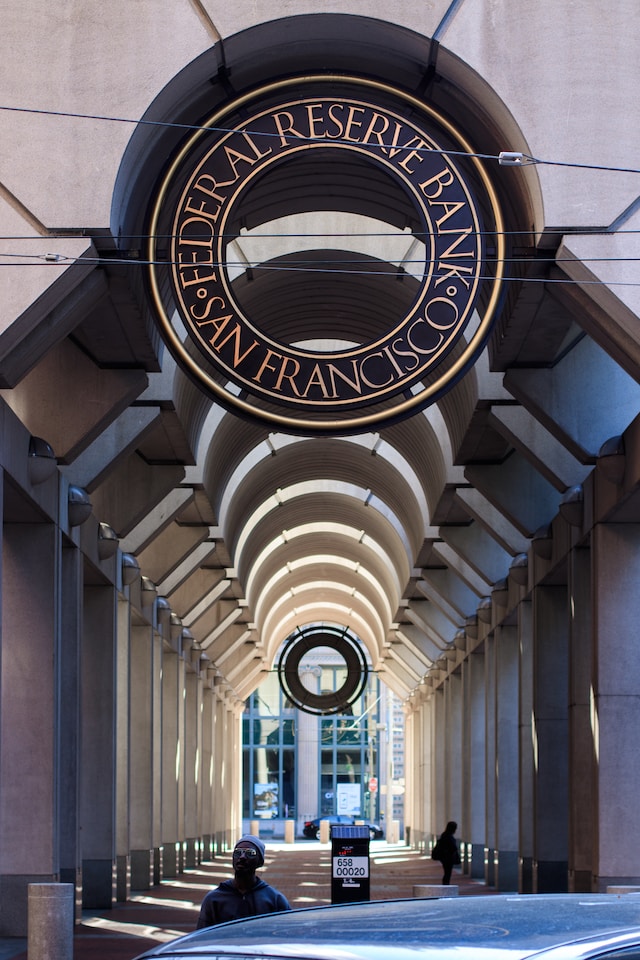As the United States economy continues its recovery from the unprecedented challenges of the past couple of years, all eyes are on the Federal Reserve. Market participants and economists eagerly anticipate the central bank’s decisions, particularly when it comes to interest rates. In this article, we delve into the Federal Reserve’s broader debate as it tees up a rate hike. We will explore the factors shaping this decision, the arguments at play, and the potential ramifications for the economy.
Understanding the Federal Reserve’s Mandate
The Federal Reserve, often referred to as the Fed, is the central banking system of the United States. It is tasked with maintaining price stability and promoting maximum employment. To achieve these goals, the Fed has various tools at its disposal, one of which is the adjustment of interest rates. By raising or lowering interest rates, the Fed influences borrowing costs, investment decisions, and economic activity.
The Broader Debate: Assessing the Economic Outlook
The decision to raise interest rates is not taken lightly. The Federal Reserve’s policymakers engage in thorough analysis and robust discussions, considering a wide range of economic indicators and factors. The ongoing debate within the Fed centers around several key elements:
- Inflation: One crucial consideration for the Fed is inflation. After a prolonged period of relatively low inflation, recent months have seen a notable uptick in price levels. Policymakers must carefully assess whether this surge is transitory or poses a more persistent threat to the economy. A rate hike can be a tool to curb inflationary pressures.
- Labor Market: The Fed’s mandate includes fostering maximum employment. As the economy recovers, policymakers gauge the strength of the labor market to determine if it can withstand a rate hike without significant disruptions. They analyze employment data, wage growth, and workforce participation rates to inform their decisions.
- Economic Growth: The pace of economic growth also plays a role in the rate hike debate. The Fed monitors indicators such as GDP growth, consumer spending, business investment, and global economic conditions. A robust growth outlook may indicate a need for tighter monetary policy to prevent overheating, while a sluggish or uncertain outlook may warrant a more accommodative stance.
Potential Impacts of a Rate Hike
Should the Federal Reserve decide to raise interest rates, the decision is likely to have far-reaching consequences:
- Borrowing Costs: Higher interest rates generally lead to increased borrowing costs for consumers and businesses. Mortgages, auto loans, and credit card rates may rise, affecting household budgets and spending decisions. Businesses may face higher financing costs, potentially impacting investment and expansion plans.
- Financial Markets: Interest rate hikes can influence financial markets, causing shifts in asset prices and investor sentiment. Stock markets may experience increased volatility, and bond yields could rise, impacting fixed-income investments. Investors closely watch the Fed’s decisions and statements for clues on market movements.
- Economic Activity: Changes in interest rates can affect economic activity. A rate hike aims to moderate borrowing and spending, potentially slowing down economic growth. The magnitude and timing of the rate hike are crucial, as an abrupt increase could disrupt economic momentum, while a gradual approach may allow for a smoother adjustment.
Conclusion
As the Federal Reserve tees up a rate hike, the broader debate within the central bank takes center stage. Policymakers carefully weigh various factors, including inflation, the labor market, and economic growth, to make informed decisions. The impacts of a rate hike can ripple through the economy, affecting borrowing costs, financial markets, and economic activity. By staying informed about these debates and their potential outcomes, individuals and businesses can make well-informed decisions to navigate the changing economic landscape.












